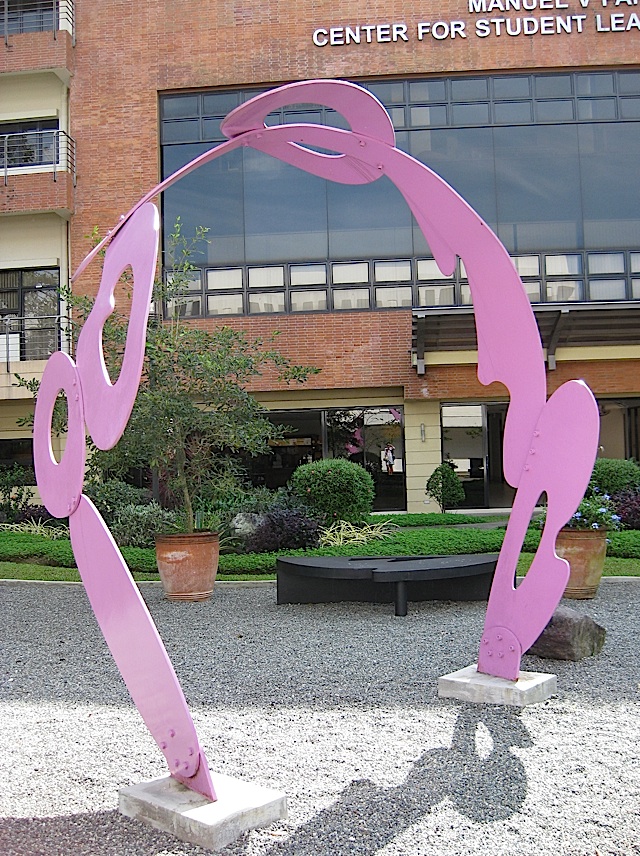The
Pahiyas Festival celebrated in
Lucban and in other towns in the Philippines is a harvest festival. It is always held on May 15, the feast day of San Isidro Labrador (
St. Isidore the Laborer or Farmer). The highlight of the festival is a procession of revered religious icons followed by the town's prettiest girls in fancy gowns, which begins and ends in the parish church. The houses along the roads where the procession goes through—the route is changed every year—are decorated just for the festival and this is what
pahiyas (ornaments) refers to. The decorations are composed of the fruits of the harvest and Lucban has a special kind of ornament made of rice, called
kiping, which is why the festival attracts thousands of tourists every year. Grains of rice are pounded to a flour and mixed with water and food coloring to form a paste, which is then brushed over leaves and left to dry. The result is thin, translucent, jewel-toned leaves which are used to cover the houses' facades or strung into elaborate designs, like this almost two-story high chandelier which graces the entrance of
Buddy's restaurant in Quezon City.

Smaller kiping lanterns are hung all around the restaurant's interiors, and the
flower pattern at the building's facade is echoed by the beautiful light fixtures on the ceiling.

A photo collage about Lucban—the
higantes, the procession led by the statue of San Isidro,
Mount Banahaw, the parish church, and a house richly and colorfully decorated with pahiyas—curves along the wall of the staircase which leads to the second floor.










































